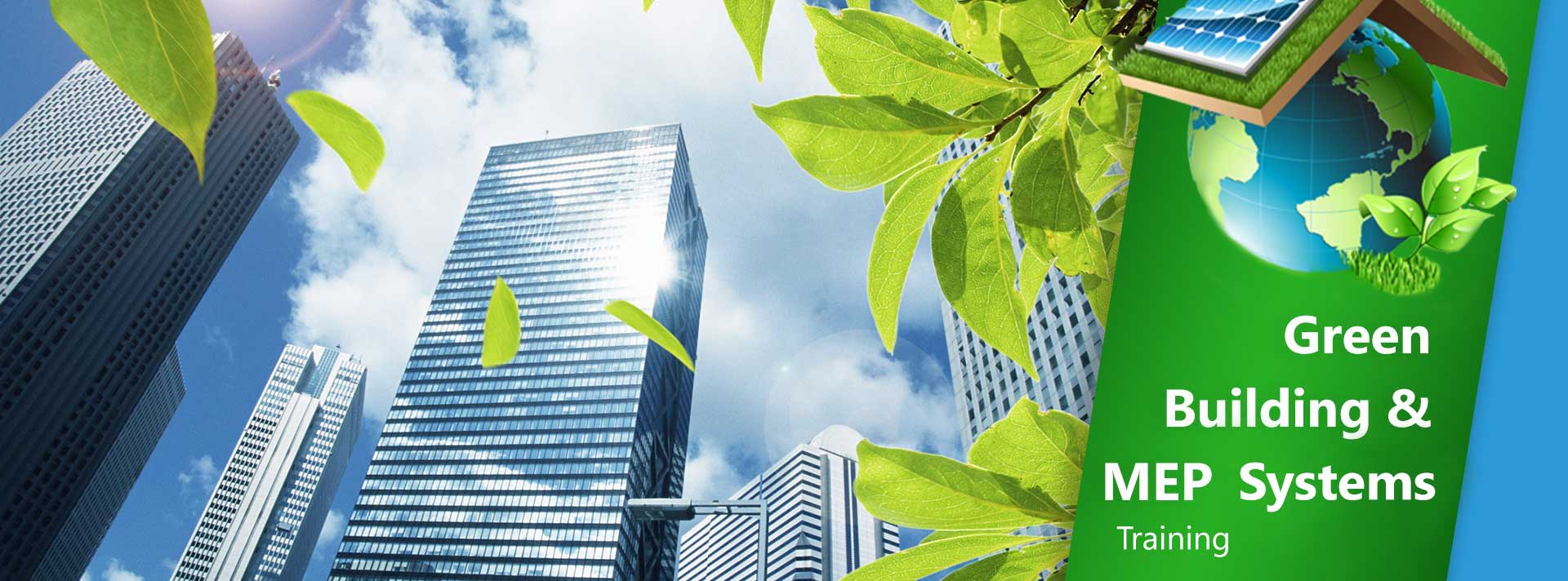
Modern urban landscapes are synonymous with high-rise buildings, which stand for architectural wonders and effective use of space in crowded cities. However, these enormous buildings' functionality and sustainability depend on a sophisticated network of interconnected systems. Mechanical, Electrical, and Plumbing (MEP) design is crucial to these systems.
From private residences to commercial structures, MEP design is essential to the construction process. Because of various benefits, MEP design is a crucial step in the building process. Let's understand the importance of MEP in high-rise building design, its particular difficulties, and creative solutions to them.
The Significance of MEP Design in High-Rise Building Planning Explained
Improved Efficiency: MEP design is crucial to a building's overall effectiveness. It ensures that every system is created with the utmost care. A sizable amount of a building's energy use is attributed to MEP systems. Energy-efficient MEP system design lowers operational expenses and improves the building's sustainability.
Safety and Security: MEP design encompasses security, fire protection, and emergency lighting systems. Protecting tenants' safety and security is of utmost importance in high-rise buildings.
Reduced Cost: By considering the most recent industry standards, they can spot potential dangers and assist in creating solutions. Additionally, this might lessen the possibility of unforeseen expenses and the necessity for expensive improvements in the future.
Space Optimization: MEP systems frequently have limited space available in high-rise buildings. To fit all the necessary equipment and maximize usable floor area, it is essential to use the available space efficiently. By utilizing the most recent hardware and software, they can ensure the system is built as effectively as possible. This can lower energy costs, increase system longevity, and guarantee that it complies with the highest safety and comfort standards.
Improved Durability: Building systems are more likely to be long-lasting with the help of MEP design. Buildings will be more resilient and less likely to require maintenance or replacement. By using more energy-efficient lighting, heating, cooling, and ventilation systems, buildings can reduce their overall energy costs by developing effective systems that consume less energy. MEP design services can increase a building's energy efficiency and lifespan. MEP engineering companies can help improve the longevity of any building project.
Comfort and Convenience: The comfort and convenience of residents are the responsibility of MEP systems. They control temperature, offer sufficient lighting, guarantee correct ventilation, and supply clean water, all essential in high-rise structures with numerous inhabitants and residents. MEP design consultants provide a comprehensive solution that considers the building's layout, design, and other elements to establish a successful and efficient system.
Challenges in MEP Design for High-Rise Buildings
Vertical Transportation: For occupant mobility in high-rise structures, effective vertical transit systems, including lifts and escalators, are essential. Due to the restricted shaft space, it might not be easy to coordinate these systems with MEP components.
Structural Constraints: MEP systems are constrained by high-rise structures' structural designs. To prevent affecting the building's structural components, the location of ducting, pipes, and electrical conduits must be planned appropriately.
HVAC Efficiency: Due to fluctuations in temperature and pressure at various heights, it cannot be easy to maintain a suitable indoor climate in high-rise buildings. To effectively handle these variances, HVAC systems must be built.
Fire Protection: High-rise structures' principal issue is fire safety. In towering structures, designing efficient fire suppression and evacuation systems and guaranteeing a sufficient water supply for fighting fires might be challenging.
Power Distribution: Strong electrical distribution systems are needed in high-rise structures to handle the needs of many users and equipment. Managing electrical loads and ensuring a dependable power supply might be challenging.
Solutions to Address These Challenges
Building Information Modeling (BIM): To visualize the integration of MEP systems with the structural design of the building, identify clashes, and maximize space utilization, BIM technology facilitates multidisciplinary collaboration.
Vertical Shaft Design: The efficient design of vertical shafts is essential for distributing MEP systems in high-rise buildings. Space is optimized with creative solutions like stacked utility floors and tiny mechanical rooms.
Fire Suppression Technologies: Advanced fire suppression technology, such as automatic fire curtains and smoke management systems, can improve safety while using less space in high-rise structures.
Advanced HVAC Systems: Advanced HVAC technologies, including variable refrigerant flow (VRF) systems, energy recovery ventilation, and zoning, can improve high-rise building occupant comfort and energy efficiency.
Smart Building Management Systems: By putting smart building management systems in place, MEP systems may be monitored and controlled in real time, improving efficiency and performance.
Renewable Energy Integration: High-rise buildings can minimize energy consumption and promote sustainability by including renewable energy sources like solar panels on their roofs or façade.
Pro Engineering Consulting, Inc. offers proven, reliable, and economical services in San Diego, Orange County, Nevada, and the Bay Area. Their MEP design consultants provide you with quality work, attentive customer service, and expertise. Get in touch!



























